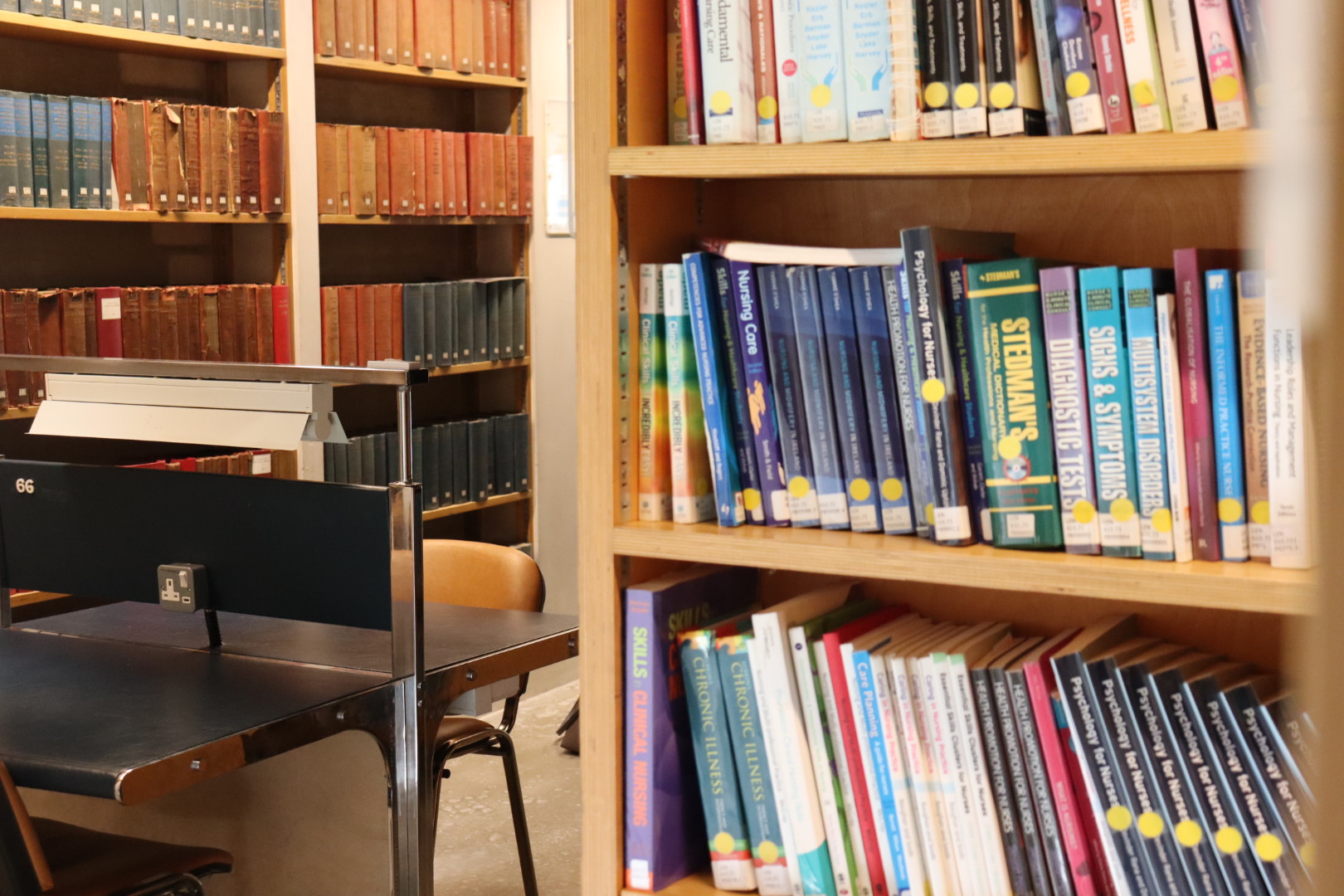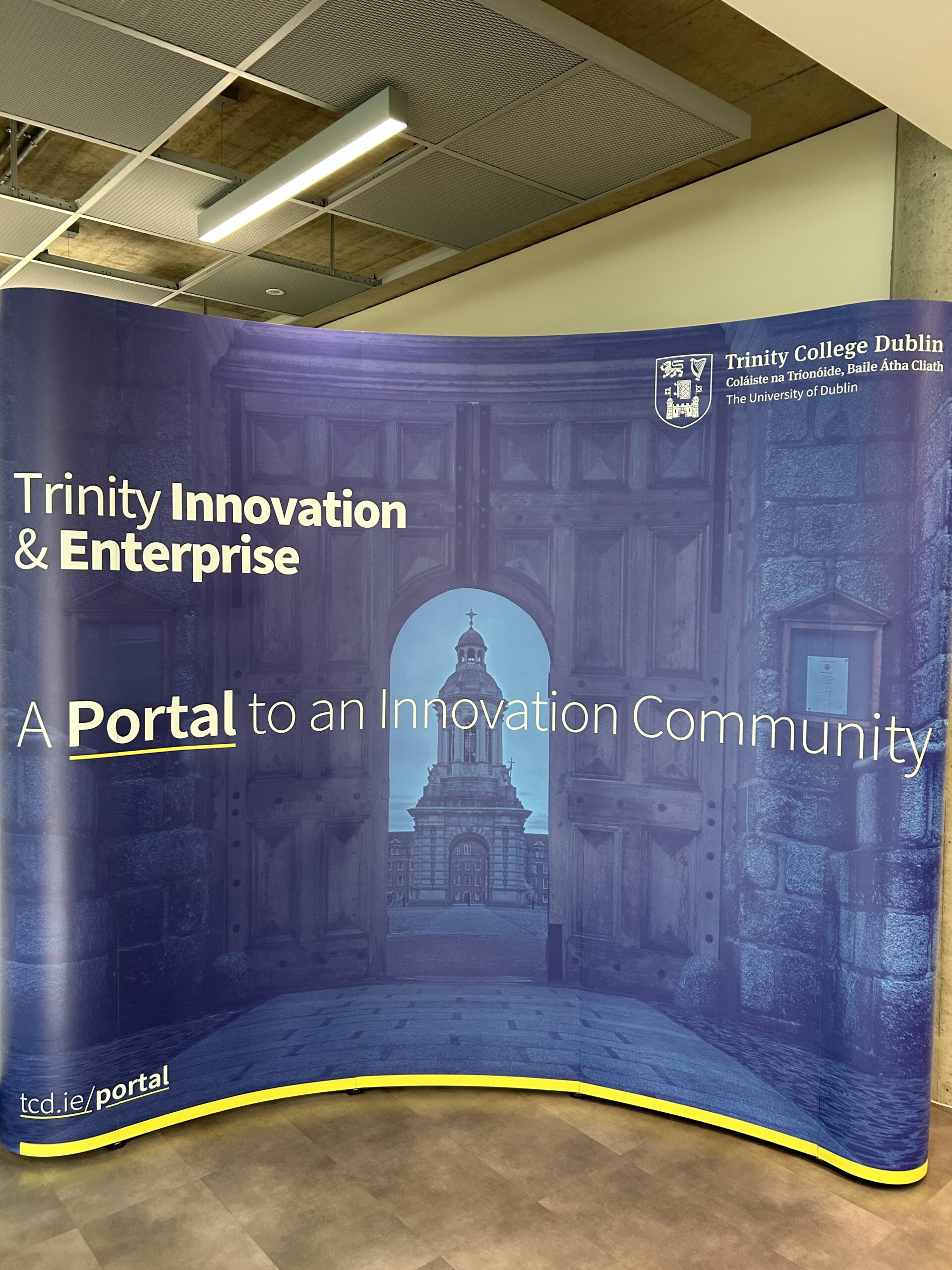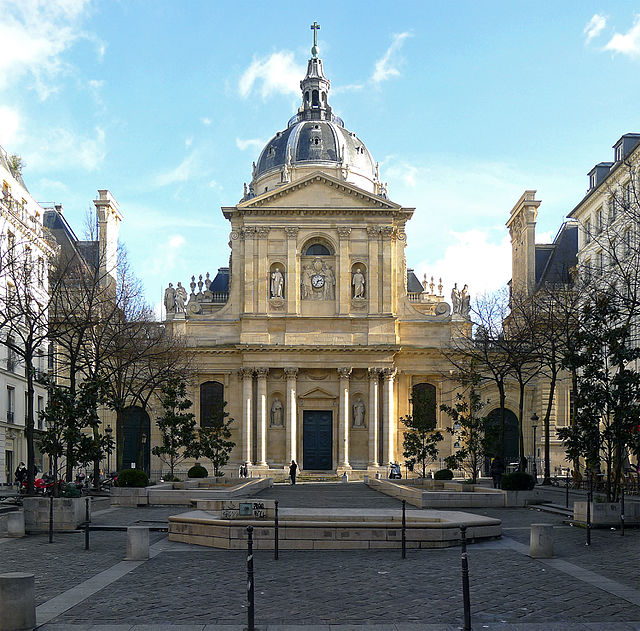
Arriving at the National Gallery with the intention of reviewing Roderic O’Conor, my inner snob couldn’t help but have some reservations about the Irish impressionist. Like everyone else on earth, I love impressionism, yet I’d never heard of the painter. When I arrived at the ticket desk, I was told that admission was €10. Appalled, I bought the ticket and walked, bitterly, into the exhibition room.
My mood instantaneously improved: the room was awash with vibrant colour. The painting that caught my eye as I entered the gallery was not one of O’Conors, in fact, but one of Van Gogh’s.
Immediately, it became clear that the exhibition is not focused purely on O’Conor and his “array of colourful French scenes” as the gallery’s description had claimed. The collection reveals the influence of titans like Van Gogh and Gauguin on O’Conor, while simultaneously highlighting the ways in which O’Conor was unique among his post-impressionist contemporaries.
In one standout work, “Breton Peasant Woman Knitting” (1893), O’Conor dares to obscure both the body and the facial features of his model with characteristic stripes of post-box red, conveying an irreverence for classical form that even Van Gogh had never explored. “The Glade” (1892), perhaps O’Conor’s most famous work, similarly contains these harsh red stripes, creating an eye-catching motif that set his work apart from his world-renowned peers.
The real star of the show is not O’Conor, or Amiet, or even Van Gogh, but the location itself, Pont-Aven. The collection, comprised equally of still lifes, portraits, and landscapes, is ultimately a vivid representation of France and its inhabitants in the late 19th and early 20th centuries. The body of work hanging on the purple walls acts as an immediate serotonin hit. Just when you think you’ve seen the most vibrant painting in the world, you turn a corner and there’s a canvas depicting purple mountains and naked ladies and Gauguin wearing what appears to be a soft-boi beanie. These paintings are so full of light that, just for a moment, you can almost forget about the dark 9am lectures that define Michaelmas term.
The exhibition is expensive, and to be perfectly honest, there is a lack of coherence at certain points between the artworks displayed. The collection has some gaps, and the timeline is a tad hard to follow: there is a plethora of work from 1889-93, and very little between then and 1906. Moreover, the show has been poorly marketed: it is not simply an O’Conor showcase, but an homage to Pont-Aven and its legacy.
Despite all of this, the beauty in the room is, quite frankly, shocking. I frequently found myself open-mouthed and onion-eyed, looking like a complete fool in front of the twenty other, much more sophisticated, attendees. My inner snob, with her reservations about a lesser-known impressionist, was truly making assumptions out of the depths of her ignorance. I urge you to get to the National Gallery before October 28th and spend that €10: you will not regret it.






